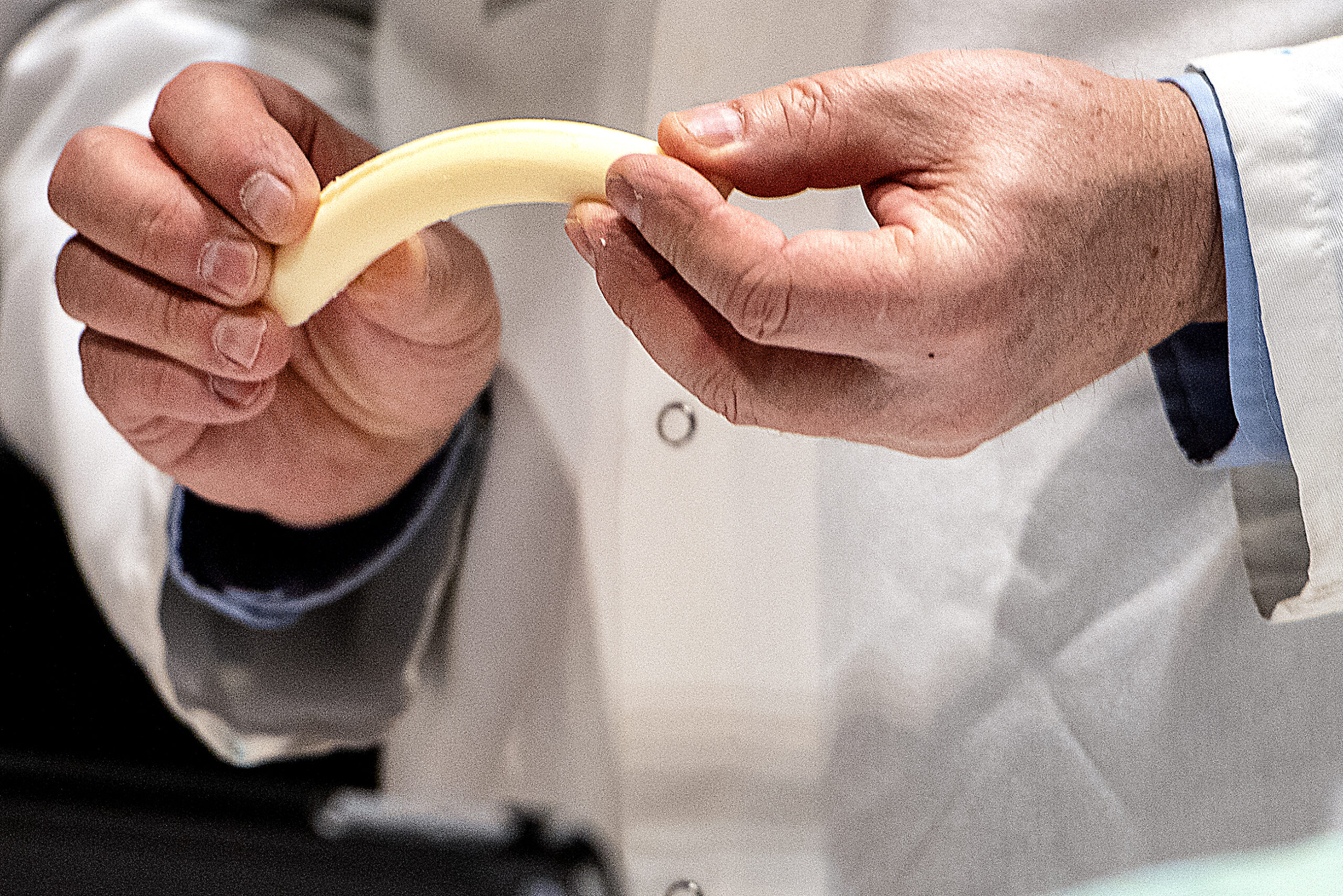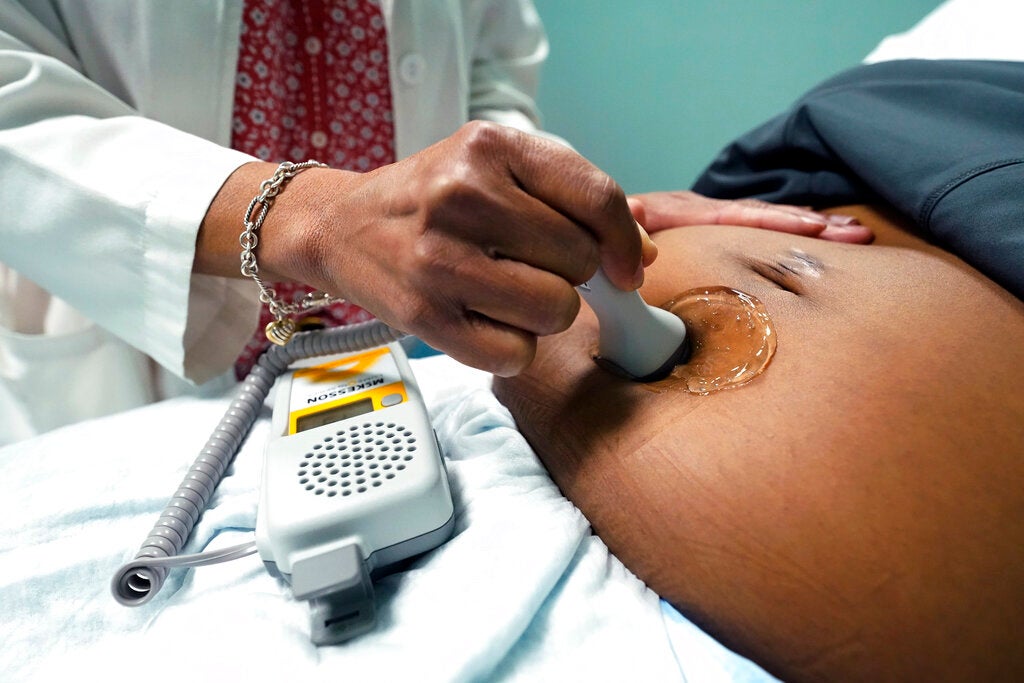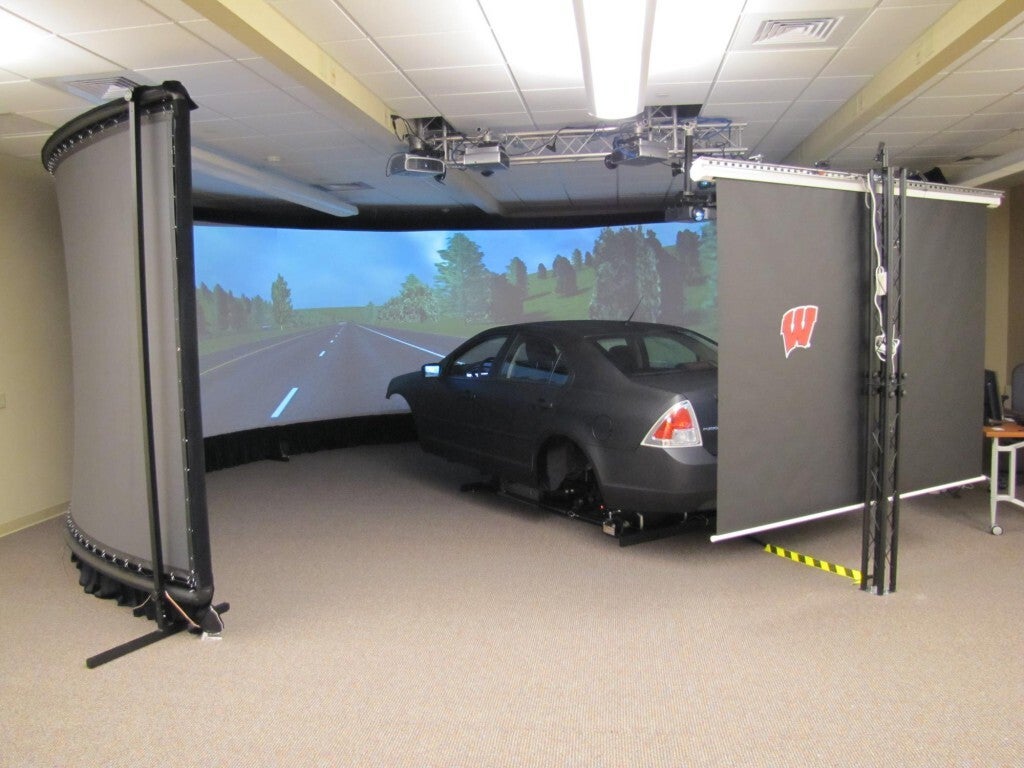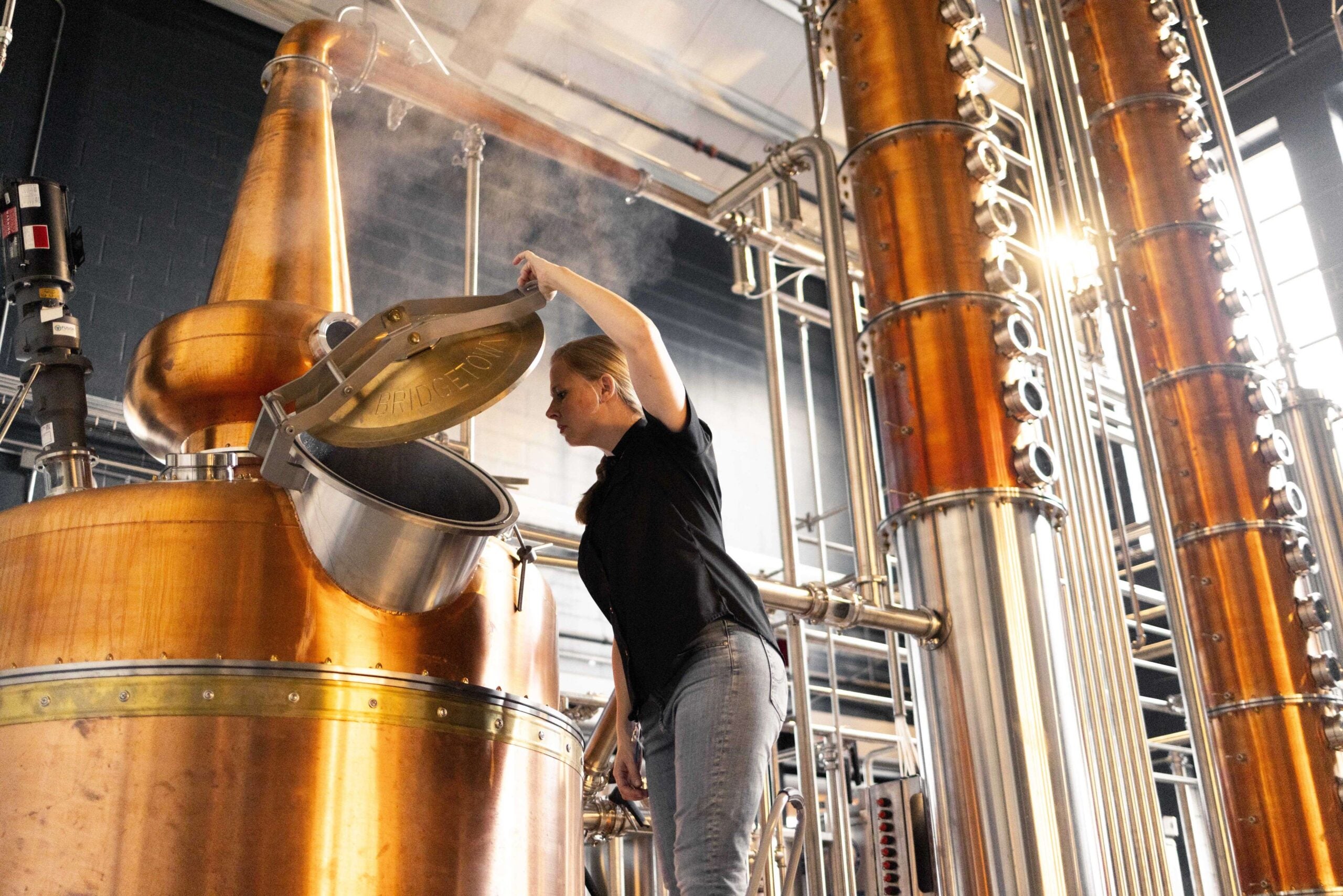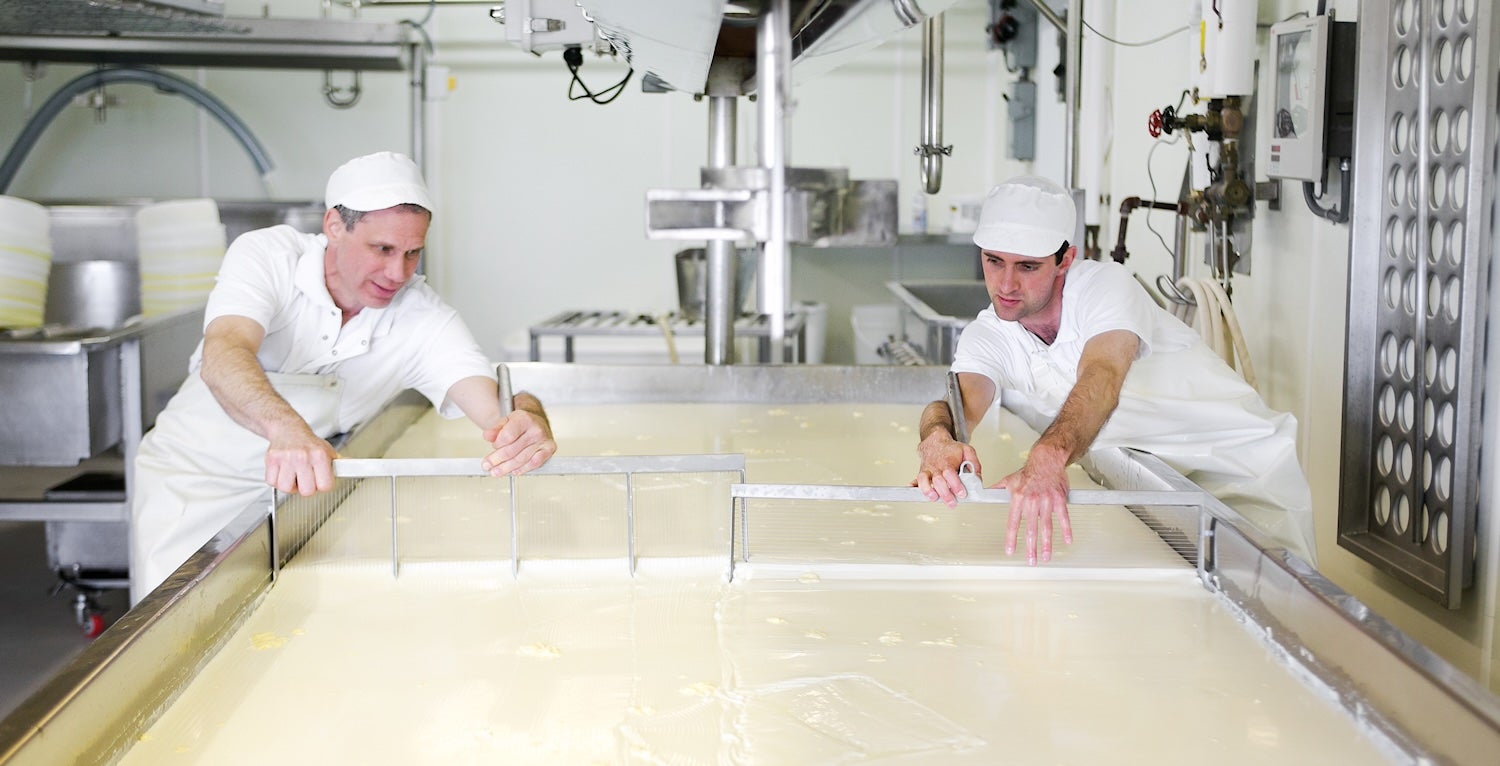At the University of Wisconsin-Madison’s Center for Dairy Research, tasting cheese is serious business.
“Everything is prescribed, down to what temperature we taste at, how many chews we do, how forcefully we chew and a lot of other things that standardize how we taste,” said Brandon Prochaska, a sensory coordinator for the center, during a recent appearance on WPR’s “The Morning Show.”
Prochaska trains the center’s cheese tasters. In July, a series of job postings for cheese tasters at the center went viral, spurring hundreds of applications for five part-time positions. Prochaska told WUWM he was unsure why the postings received so much attention.
Stay informed on the latest news
Sign up for WPR’s email newsletter.
“There were definitely some people very passionate, enthusiastic about ‘look at all the pizzas I’ve eaten, here’s all my Domino’s receipts’ or whatever, and ‘you should hire me,’” Prochaska said. “There’s just something about it that struck a chord with people.”
Tasting cheese for research is ‘very methodical’
Tasting cheese for scientific research differs from how people would regularly eat cheese, Prochaska said on “The Morning Show.”
When training tasters, Prochaska breaks down the experience of evaluating cheese into categories like texture, appearance and functionality. The Center for Dairy Research then creates subcategories to measure what the center calls “attributes.”
“We might say for this attribute, we’re going to do seven chews, we’re going to use our molars, and then we’re going to evaluate by moving our tongue back and forth in our mouth and seeing how that cheese breaks down,” Prochaska said.
Tasters usually take a 30-second pause between samples to cleanse their palates. They also typically spit the cheese out after chewing rather than swallowing.
“We’re going for three-hour sessions and we’re tasting maybe 30 to 40 samples in a given day,” Prochaska said. “If we were to swallow them all, we would be toast by the end of the day.”
What cheese tasting tells research
The Center for Dairy Research uses feedback from its part-time cheese tasters to inform big questions in dairy research. One major trend is the use of concentrated milk in cheesemaking.
“The product is a little bit different sometimes in functionality and flavor,” Prochaska said. “We’re trying to find ways to kind of make that more consistent with traditional cheesemaking methods.”
Tasting feedback also advises how to keep cheese fresh and prolong its life before spoiling.
“We’re actually doing some research into how to prolong the squeakiness of cheese curds, where they’re just about as squeaky as they were the day they were made, even though they might have been on the shelf for maybe a week or so,” Prochaska said.
‘Goaty’ and other cheese jargon
The Center for Dairy Research uses a lexicon of terms like “goaty” and “sheepy” to describe cheese. Chemical compounds in sheep’s and goat’s milk imbue milk and cheese with a unique flavor, Prochaska said.
The center trains cheese tasters to recognize unique flavors and gauge the flavor’s intensity in a piece of cheese. Prochaska said he’s considering a project that would better translate technical cheese terms to the language consumers would understand.
“The biggest issue we see is that they are usually terms that consumers at home would not necessarily be using,” Prochaska said. “In my day to day work, we might call something ‘rancid’ or ‘butyric’ — (but) people at the cheese counter might use a term like ‘piquant.’”
Although studies at the Center for Dairy Research are more isolated and quiet, Prochaska recommends people at home taste cheese together.
“If you’re doing some like a cheese board, that’s a great way to kind of learn what other people are tasting,” Prochaska said. “Everyone’s going to have their own personal opinion. But I think just the social environment and the enjoyability of being with a group of people enjoying cheese… hard to beat that.”
Wisconsin Public Radio, © Copyright 2025, Board of Regents of the University of Wisconsin System and Wisconsin Educational Communications Board.
